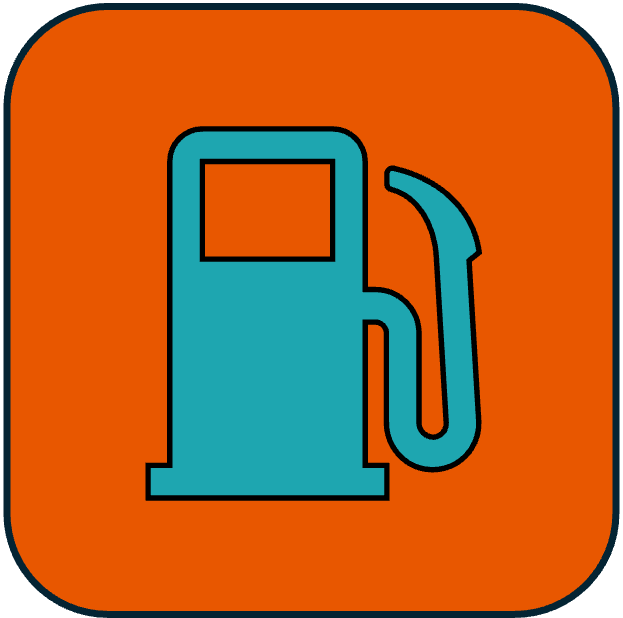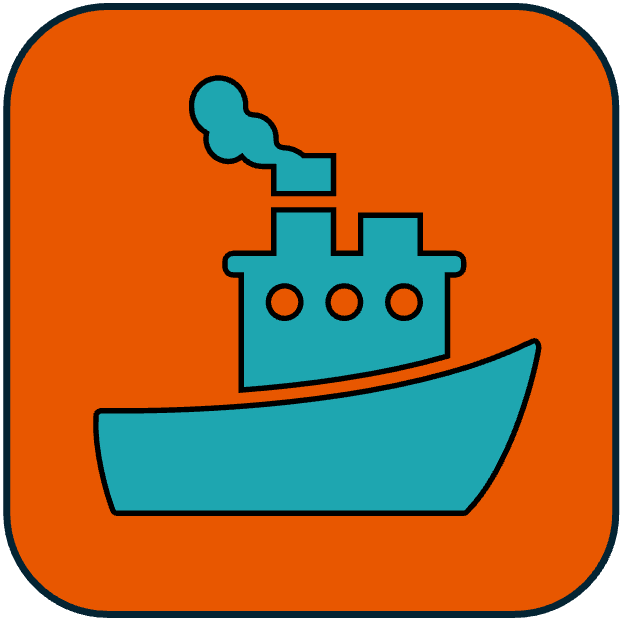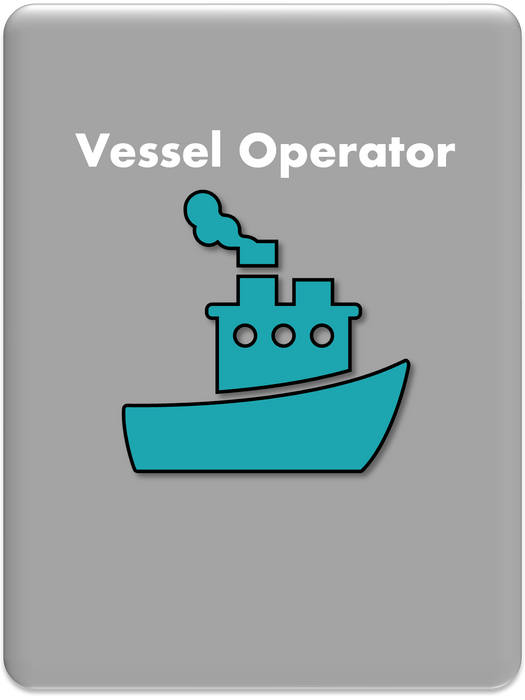Zero Emission Inland Waterways


A Vision for a Living Dashboard
As this research develops, one of the goals is to create a visual dashboard — a live, evolving interface that brings the data to life. This won’t just be about charts or heatmaps; it will be about giving the inland waterway community a shared view of how energy is being used, where it’s needed, and what that means for infrastructure, investment, and operational planning.
At its core, the dashboard will aim to map and model energy demand across a network of real vessels, operating in real time or near-real time. The idea is to help answer key questions:
-
Where is energy being consumed along the inland waterway network?
-
How does that change by vessel type, duty cycle, or time of year?
-
What infrastructure is needed to meet this demand — fixed, dynamic, or a hybrid?
-
How can we reduce emissions without disrupting operations?
This tool is still in the early concept phase, but the ambition is to eventually offer:
-
Energy demand heatmaps across the Thames, Danube, and Rhine, and eventually to the wider Inland Waterways network across Europe and the World.
-
Operational profiles showing typical duty cycles and power needs
-
Scenario simulations to explore how different supply strategies (e.g., mobile charging barges, port-based stations) would perform
-
Aggregated insights that help operators, authorities, and policymakers make better-informed decisions
-
Anonymised benchmarking tools for operators to understand how their vessels compare to wider trends
-
And much more.
The dashboard won’t replace local knowledge or operational experience — but it can support it with hard data. Over time, it could become a shared resource for the sector, helping to build consensus, reduce investment risk, and unlock new pathways for clean energy deployment on inland waterways.
This vision depends on collaboration, and will evolve as more data is collected, more vessels are involved, and more insights emerge. For now, it’s a direction of travel — but it’s a direction rooted in reality, not just aspiration.

Quantifying Vessel Energy Demand
Modelling energy use across vessel types, routes, and seasons to understand current demand and forecast future needs under decarbonisation scenarios.
Identifying Strategic Energy Supply Locations
Using real-world data to pinpoint where clean energy infrastructure — fixed or dynamic— would deliver the most operational and environmental benefit for all vessel operators in the region.


Analysing Vessel and Operational Characteristics
Exploring how factors like vessel size, engine type, load, and duty cycle impact energy requirements to support tailored infrastructure planning.

Supporting Policy and Infrastructure Planning
Providing data-driven insights to guide policy, funding, and regulation for scalable inland waterway decarbonisation strategies.
Research Overview
This research project is focused on enabling the decarbonisation of inland waterway transport by addressing one of its most pressing barriers: energy supply. While low- and zero-emission propulsion technologies are emerging, the lack of suitable infrastructure and detailed operational data continues to hold back meaningful progress. By modelling vessel-level energy demand across key European waterways — the Thames, Danube, and Rhine — and exploring innovative delivery systems for clean energy, this initiative aims to provide a practical, scalable blueprint for zero-emission inland navigation. Collaborators will help ground this work in real operational reality, ensuring that any future solutions that come out of this research are designed with the industry, not just for it.
Why Participate
By taking part in this initiative, you have the opportunity to shape how clean energy infrastructure is planned and delivered across inland waterways. Your data helps ensure that future systems reflect the real needs of vessel operators — not assumptions. It’s also a chance to connect with a collaborative network working toward practical, zero-emission solutions, while demonstrating leadership in sustainable transport.
Benefits of participating include:
Influencing infrastructure development based on real operational data
Joining a growing network of like-minded operators and researchers
Benchmarking performance against anonymised peer data
Gaining early access to insights and analysis
Strengthening your sustainability credentials
Staying ahead of regulatory and market changes
Contributing to a cleaner, more resilient future for inland shipping
If you’re ready to help shape the future, I’d love to hear from you.
Join a Growing Network of Collaborators
This space will showcase organisations contributing data and expertise to this research
This project is building a collaborative network of vessel operators, infrastructure planners, port authorities, and policymakers who are committed to supporting the decarbonisation of Europe’s inland waterways. As this research progresses, the organisations partnering with this work will be showcased here.
Get your organisations logo here
Visualising the Future of Inland Waterway Energy Supply and Demand
A data-driven dashboard to support smarter infrastructure planning, policy decisions, and operational insight.






